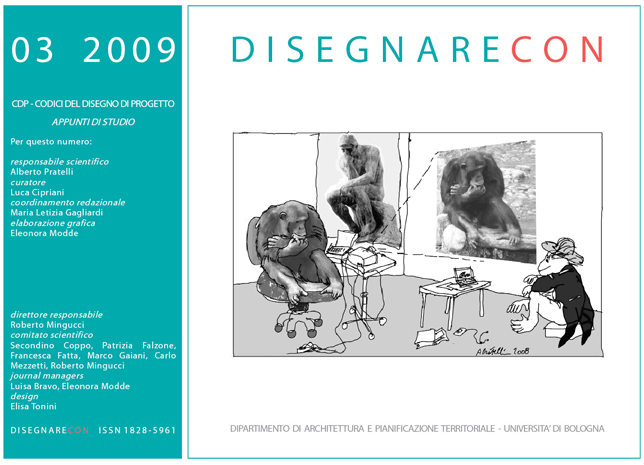Models of urban development in XVII sec. Bologna. San Luca and Alemanni porticos. Surveying and drawing.
DOI:
https://doi.org/10.6092/issn.1828-5961/1686Abstract
The aim of the study is to re-discover the suburban arcades of the XVII and XVIII century in Bologna, as they were always considered independent elements rather than elements guiding the development of the city. Their evolution model returns an interpretative key for today’s urban development design. These urban structures formed outside the city walls during the eighteenth and seventeenth century. The two arcades connected the places where the ramparts stood to the Sanctuary of San Luca and to the church of Santa Maria Lacrimosa of Alemanni. The Alemanni Portico is today recognizable only visually, as it is surrounded by urban blocks. While the hill side of San Luca Portico , which was completed much later with the arcade of Meloncello, remains a strong and distinct sign welcoming people entering Bologna from North and West. Within this research, the city is studied by surveying, drawings and photographs, so as to return its representation. The graphic processing completes the conceptual and analytical framework and demonstrates the connection between reading and project, and therefore, it can be considered as useful mean of analysis and intervention on the existing city.Downloads
How to Cite
Ballabeni, M., & Cipriani, L. (2009). Models of urban development in XVII sec. Bologna. San Luca and Alemanni porticos. Surveying and drawing. DISEGNARECON, 2(3). https://doi.org/10.6092/issn.1828-5961/1686
Issue
Section
Articles
License
Copyright (c) 2009 Massimo Ballabeni, Luca Cipriani





